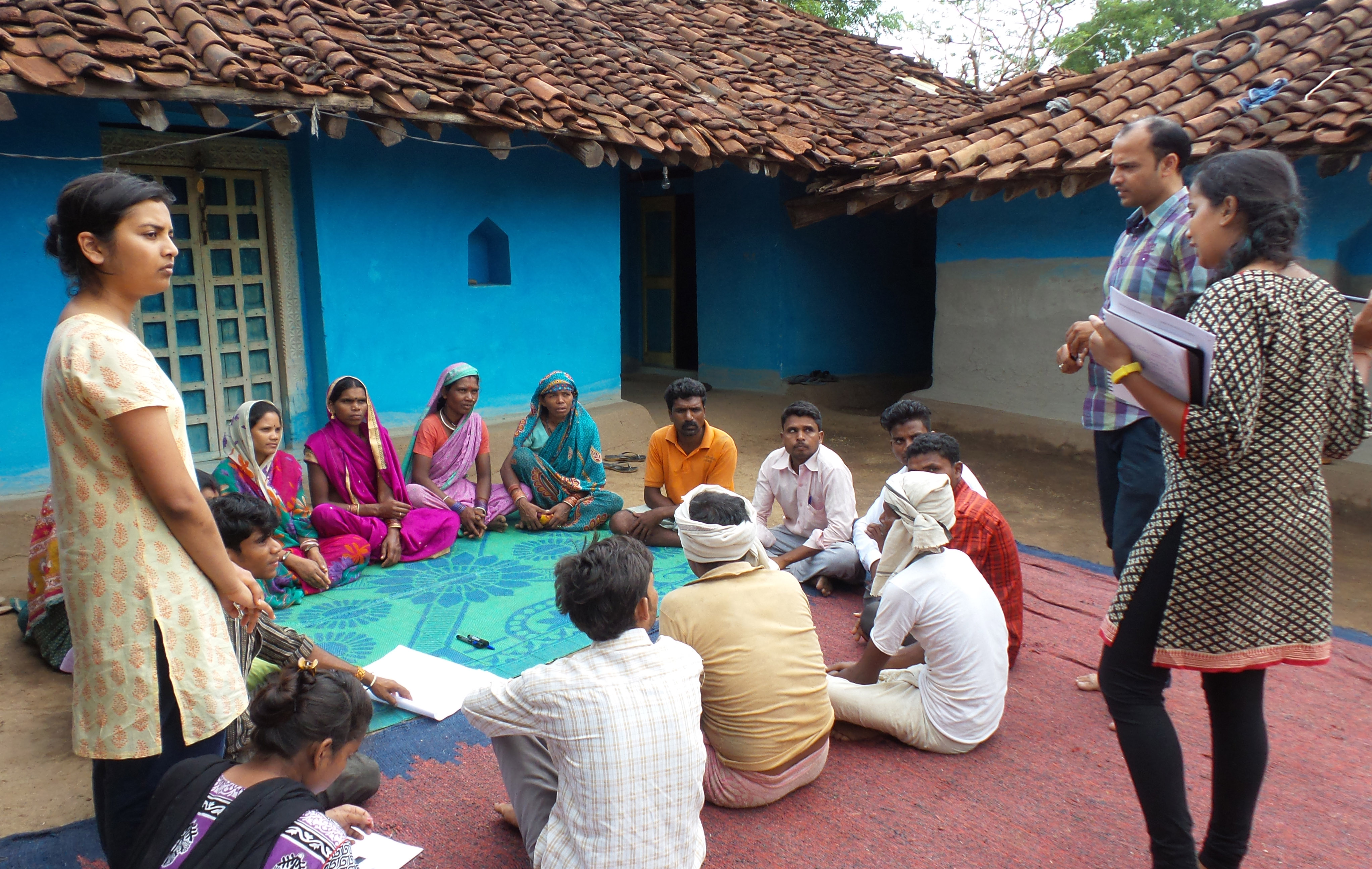Adding colour to rural diets year round with the Seasonal Food Availability Booklet
- From
-
Published on
02.07.18
- Impact Area
-
Funders
EU Commission, IFAD

From focus group to plate: a new tool developed by Bioversity International to enhance the use of local agrobiodiversity for health and nutrition
A hot breeze blows underneath a thatched roof, ruffling the large papers filled with check marks stuck to the rammed earth walls. Participants in Mali have spent the day recounting the availability of the locally available fruits and vegetables. As the workshop winds down, a lone hand raises and a participant asks “but how will this process help us?”
As researchers and scientists, we often encounter the challenge of making our research accessible to and useful for the very people for whom it was designed. This is exactly what we have tried to do with the Seasonal Availability Calendar Booklet – a template to transform data into an adaptable tool that can be presented back to communities within only a few months after data collection.
Developing seasonal calendars
Seasonal availability calendars for fruits and vegetables were developed through a participatory process with communities and local partners in Guatemala, India and Mali as part of the project ‘Linking agrobiodiversity value chains, climate adaptation and nutrition: Empowering the poor to manage risk’ supported by the International Fund for Agricultural Development and the European Union. The project aims to revitalize the use of local agrobiodiversity, which typically includes a large assortment of nutritious species that are well adapted to local conditions but which are underutilized for a variety of reasons, including lack of awareness and promotion.
In each country, baseline household assessments revealed periods of seasonal food insecurity and poor diet diversity with low consumption of fruits and vegetables. The seasonal calendars assess the potential for local agrobiodiversity to fill these gaps and encourage greater consumption of local fruits and vegetables for improved diet quality year round. Cultivated and wild-sourced species are included in the calendars because, in the study areas, both have important contributions to household diets.
![]()
Related news
-

New Genomic Discovery from ICRISAT Could Save Farmers Millions by Preventing Groundnut Sprouting Before Harvest
International Crops Research Institute for the Semi-Arid Tropics (ICRISAT)02.12.25-
Food security
-
Poverty reduction, livelihoods & jobs
Breakthrough study identifies varieties and key genes to halt sprouting before harvest in groundnut …
Read more -
-

From Dirt to Decision-Making: Governance and Soil Health Must Go Hand in Hand
Multifunctional Landscapes Science Program26.11.25-
Biodiversity
-
Environmental health
-
Environmental health & biodiversity
In October, the world convened in Des Moines for the 2025 Borlaug Dialogue under the…
Read more -
-

Reinventing Kenya’s Snack Future with Dryland Grains
International Crops Research Institute for the Semi-Arid Tropics (ICRISAT)21.11.25-
Nutrition
-
Poverty reduction, livelihoods & jobs
Faces of Impact - Video Feature Story On a quiet backstreet in Mihango, Kenya, the…
Read more -
